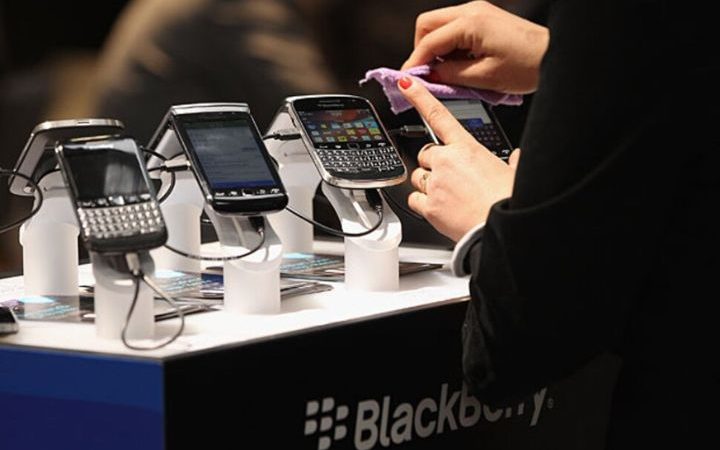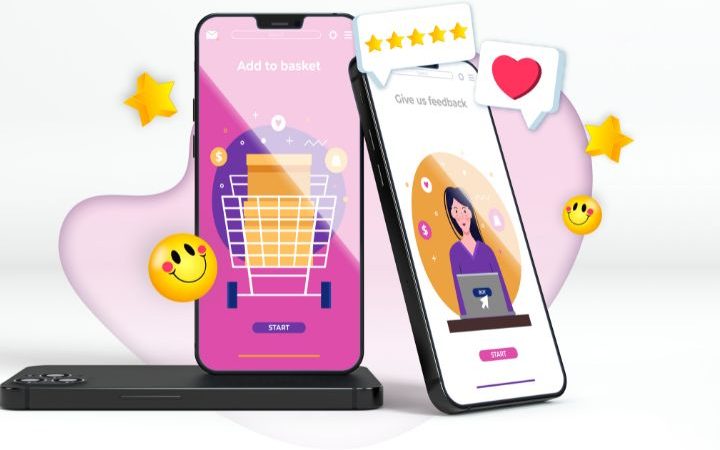They Start On The mobile devices But Buy On The Computer.

Along with the popularization of mobile devices, e-consumers more and more often use them for online shopping. An interesting phenomenon was observed in the Gemius report for 2016 – among people who make e-purchases, more than half (61%) start them on a smartphone and finalize on another device – a computer or tablet, which causes stores to lose customers.
Along with the popularization of mobile devices, e-consumers more and more often use them for online shopping. An interesting phenomenon was observed in the Gemius report for 2016 – among people who make e-purchases, more than half (61%) start them on a smartphone and finalize them on another device – a computer or tablet. Having an unfriendly mobile website, we force users to change devices during the purchasing process. This carries a high risk of losing a potential customer.
Why is this happening?
The inconvenient interface of the pages causes it. Buyers also complain about unintuitive forms and the uselessness of the shopping steps in stores using the RWD technology (responsive web design). Many stores do not use analytical tools to study user behavior so as to monitor why someone left the store, e.g. by entering shipping data.
What can online store owners do?
Adapting to rapidly changing consumer behavior is a huge challenge for online store owners. The online store is a living organism, and we should take care of it constantly. If you want to check if your store is not wasting generated traffic, install analytical tools such as Google Analytics and create heat maps – e.g. Mouseflow. Configure the tools to see exactly how the people who broke off the funnel behave. Mouseflow allows you to record the screen of the user’s browser (computer, tablet or phone) and accurately track the movements of the mouse. After observation, you should draw conclusions and implement appropriate improvements in the store’s layout, button locations, subpages, etc. However, it requires a lot of knowledge and a constant amount of work; therefore, if your store is already adapted to mobile devices, and it seems to you that a large part of users crumbles during the purchasing process, order a UX audit. More and more often, interactive agencies such as ours – Freshview, are working in parallel on the UX of stores displayed in versions for desktops, tablets and phones.
Mobile people buy more expensive goods.
The research also showed another argument for optimizing the store for mobile devices. Mobile users currently treat the tablet and smartphone as the first device to search for information on the web, and the value of purchases made from mobile devices is greater than in the case of purchases from the desktop. Here, the tablet is the leader, where the value of purchases through this device can be up to 20% higher than the value of purchases from the desktop. We use mobile phones primarily in the morning and tablets in the evening.
Also Read : The Realme GT 2 Pro Will Be a Real Eye-Catcher.






